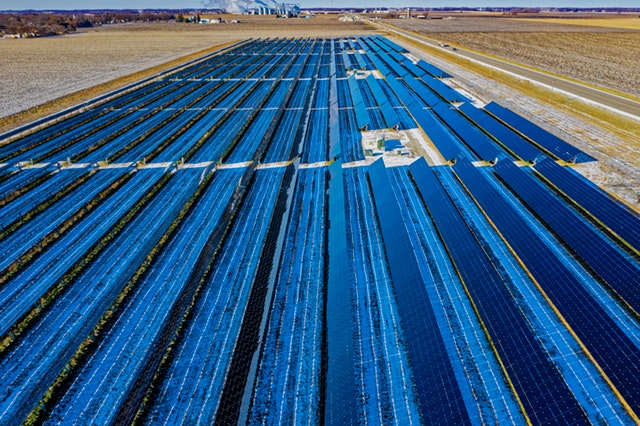The solar energy industry is booming, and large projects are being installed around the globe. Solar energy is an increasingly attractive investment thanks to the increased efficiency of many solar technologies, growing environmental concerns, and the rising cost of traditional, fossil-fueled energy production. Solar cells are the building blocks of these large, renewable energy systems. This is how they’re manufactured and how they work:
Building a Trap for Sunlight
Solar cells are primarily made of the semiconductor element silicon. Raw quartzite gravel (silicon dioxide) reacts chemically with carbon in an electric arc furnace yielding carbon monoxide and 98-99% pure silicon. Higher purity is achieved thermally, mechanically and chemically.
During this stage of manufacturing, part of the silicon is treated with P-type materials and the remainder with N-type materials. This primes the solar cell electrically since P-type materials are electron-deficient and N-type materials have a surplus of electrons. The final product is a cylindrical ingot of about 6 inches in diameter. The cylinder is sawed into thin wafers, and the silicon wafer polishing process corrects flaws, resulting in extremely accurate dimensions.
Wafers are etched and treated with anti-reflective coating, and P-type wafers are bonded with N-type wafers, creating a PN junction. Electrodes and conductors are installed to collect and route electrical current from the individual cells into larger conductors.
Turning Photons into Electrons
When photons of light energy enter the solar cell and reach the PN junction, they provide enough energy to elevate an electron to its conduction band. This frees the electron to travel along the atomic structure, where it enters an electrode. When enough of these interactions occur, electric current flows from the solar cell into an external circuit, producing power.
A Sunny Future
Once dismissed as being impractical, today solar technology has become a reliable and competitive energy producer. It’s clean and renewable, and it’s becoming more efficient to harvest with every passing year.




